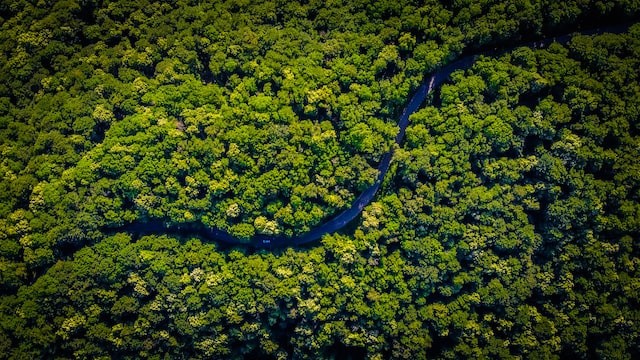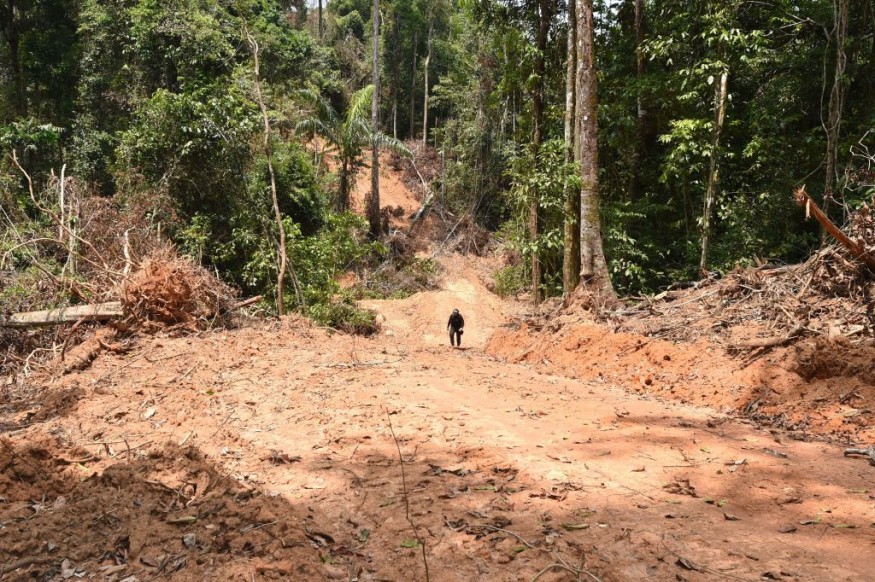A major study warns that significant portions of Amazon may never fully recover. According to research by scientists and Indigenous organizations, large rainforest areas have reached their breaking point.
Extensive Study

An extensive study conducted by scientists and Indigenous organizations has discovered that environmental degradation in some areas of the Amazon is so comprehensive that vast portions of the jungle have reached a tipping point and may never be able to recover.
The paper states that "the tipping point is not a scenario for the future but a stage already existing in some sections of the region." 90% of all deforestation and degradation is concentrated in Bolivia and Brazil. Thus, savannization is already occurring in both nations.
One of the largest studies to date, covering all nine countries that have parts of the Amazon, Amazonia Against the Clock was created by researchers from the Amazonian Network of Georeferenced Socio-Environmental Information (RAISG) and the Coordinator of Indigenous Organizations of the Amazon Basin (Coica).
It was discovered that only two of the nine, the tiny countries of Suriname and French Guiana, still have at least half of their original forests. In other nations, between 26% and 43% of the woods are completely unaltered, whereas 2% to 25% of the rainforest has been lost, and part of the remaining forests have been degraded.
Conservation Agreement

A worldwide agreement for the permanent conservation of 80% of the Amazon by 2025 is being demanded by indigenous organizations from the Amazonian region, representing 511 nations and allies. Given that just 74% of the original forest is still there, the 80% aim is a significant hurdle. Not only must urgent effort be taken to safeguard the remaining forest, but also to recover damaged land and return it to that 80% level.
The report's coordinator, an Ecuadorian scientist, named Alicia Guzmán, stated, "It's challenging but feasible." "Everything depends on the participation of the Native American tribes and the forest dwellers, along with the debt.
The only approach to ensure the preservation, according to Guzmán, is to give Indigenous communities more land to manage. Most importantly, this must be done with governmental protection and the closing of legal loopholes that let extractive enterprises operate there.
Conservation Efforts
Only 14% of all deforestation occurs in the Amazon, which is almost entirely protected or classified as Indigenous land. Currently, 100 million hectares of indigenous territory are in dispute with the government or are awaiting legal acknowledgment.
By including Indigenous people in the decision-making process, Guzmán explained, "we rely on the wisdom of those who know the forest best." They also require budgets.
Additionally, they want protection for their land from speculators and the extractive industries.
One of the rising dangers is mining, and the most sought-after sites for prospectors are protected regions and Indigenous lands. Most mining is covert and illegal, but only around half of it occurs in protected regions, and experts have urged governments to deny or cancel mining licenses.
Another danger comes from oil, especially in Ecuador, which provides 89% of the petroleum shipped from the area.
Related Article : Natural Regrowth Shows How Much Tropical Forests Regenerates in 20 Years Without Human Intervention
For more environmental news, don't forget to follow Nature World News!
© 2025 NatureWorldNews.com All rights reserved. Do not reproduce without permission.





